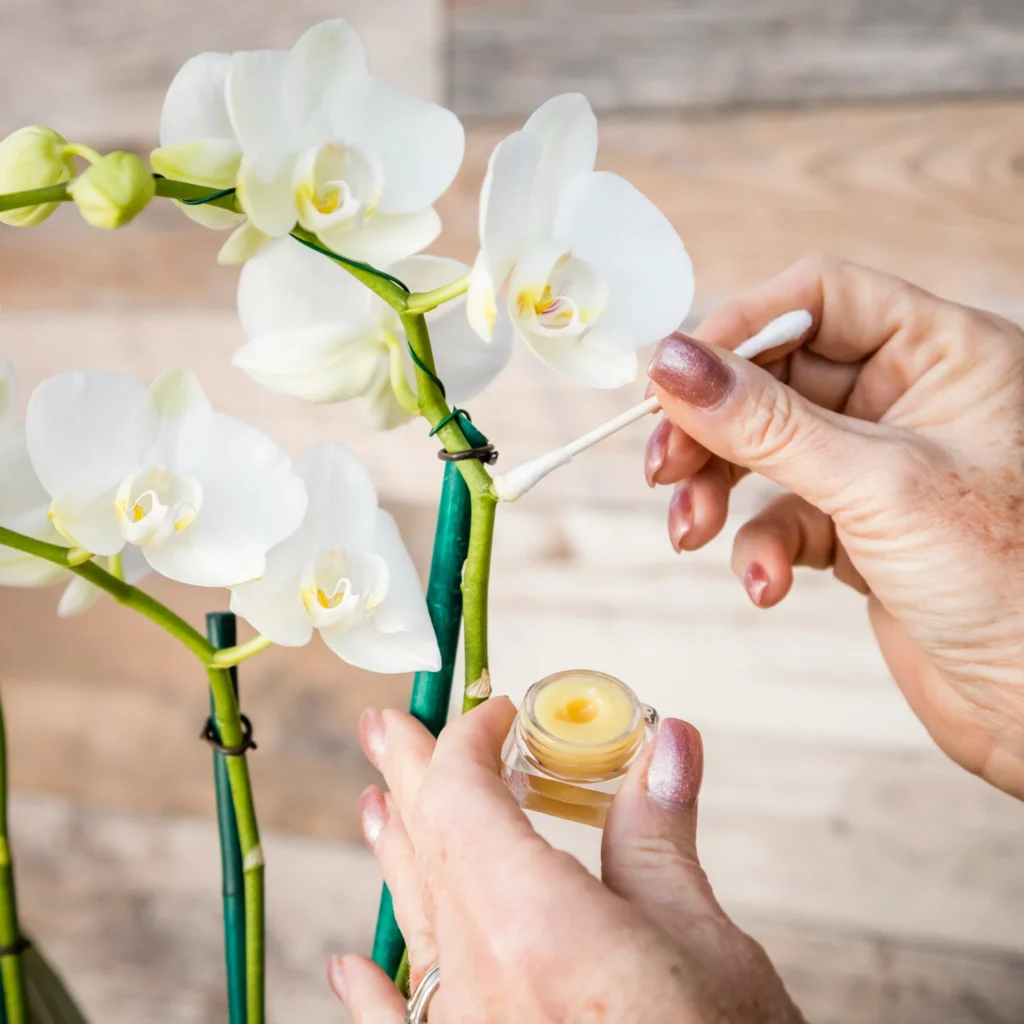Welcome to our comprehensive guide on how to raise bees! If you’ve ever been fascinated by the world of beekeeping and want to learn how to start your own hive, you’ve come to the right place. In this article, we will provide you with all the information you need to get started on your beekeeping journey. From setting up your hive to harvesting honey, we’ve got you covered. So let’s dive in and discover the wonderful world of beekeeping!
1. Choosing the Right Beehive
The first step in raising bees is to choose the right beehive. There are several types of beehives available, but the most common ones are Langstroth hives and top-bar hives. Langstroth hives are the traditional rectangular hives with removable frames, while top-bar hives have bars instead of frames. Consider factors such as your location, budget, and personal preference when selecting a beehive.
2. Obtaining Bees
Once you have your beehive ready, the next step is to obtain bees. There are two main ways to get bees: buying a package of bees or capturing a swarm. Buying a package of bees is the most common method for beginners. Packages usually contain a queen bee and a certain number of worker bees. On the other hand, capturing a swarm involves collecting a group of bees that have left their original hive. This method requires some experience and knowledge, so it’s recommended for more advanced beekeepers.
3. Setting Up Your Hive
Now that you have your beehive and bees, it’s time to set up your hive. Start by finding a suitable location for your hive. Bees thrive in areas with access to sunlight, water, and a good source of nectar. Ensure that your hive is placed on a stable and level surface. Once you have chosen the location, assemble your hive according to the manufacturer’s instructions. Make sure all the components fit together securely to provide a safe and comfortable home for your bees.
4. Beekeeping Equipment
Before you start beekeeping, you will need to invest in some essential equipment. Here are a few items you will need:
- Beekeeping suit: This will protect you from bee stings and keep you safe during hive inspections.
- Smoker: A smoker is used to calm the bees and make them less aggressive during hive inspections.
- Hive tool: This tool is used to pry open the hive and separate the frames.
- Bee brush: A soft-bristled brush is used to gently remove bees from the frames.
- Feeder: A feeder is used to provide supplemental food to the bees, especially during the early stages.
5. Beekeeping Tasks
Now that your hive is set up and you have the necessary equipment, it’s time to start taking care of your bees. Here are some important beekeeping tasks you should be familiar with:
- Hive inspections: Regularly inspect your hive to check for signs of disease, pests, and the overall health of your bees.
- Feeding: Bees require a sufficient food supply, especially during the winter months. Ensure they have access to enough nectar and pollen or provide them with supplemental food.
- Swarm prevention: Swarming is a natural process for bees, but it can lead to the loss of a significant portion of your colony. Take measures to prevent swarming by providing enough space and managing the population.
- Harvesting honey: One of the most rewarding aspects of beekeeping is harvesting your own honey. Learn the proper techniques for extracting honey from the frames without harming the bees.
FAQs on How to Raise Bees
Q: How much time does beekeeping require?
A: Beekeeping requires regular attention and care. You will need to spend a few hours each week inspecting your hive, feeding the bees, and managing their health. However, the time commitment may vary depending on the size of your operation and the specific tasks required.
Q: Is beekeeping expensive?
A: The cost of beekeeping can vary depending on the equipment and bees you choose. Initially, there will be some upfront costs for purchasing the hive, bees, and necessary equipment. However, once you have set up your hive, the ongoing expenses are relatively low.
Q: Do I need a large backyard to raise bees?
A: You don’t necessarily need a large backyard to raise bees. Bees can thrive in urban environments as long as they have access to food sources and a suitable location for their hive. Even a small garden or rooftop can provide enough resources for a healthy bee colony.
Q: Are bees dangerous?
A: Bees are generally not dangerous if left undisturbed. They are essential pollinators and play a crucial role in our ecosystem. However, it’s important to take necessary precautions when working with bees to avoid getting stung. Wearing protective clothing and following proper beekeeping techniques will minimize the risk of bee stings.
Q: Can I sell the honey produced by my bees?
A: Yes, you can sell the honey produced by your bees. Many beekeepers choose to sell their honey as a way to generate income. However, there may be local regulations and requirements that you need to comply with, so it’s important to check with your local authorities before selling honey.
Conclusion
Congratulations on completing our comprehensive guide on how to raise bees! Beekeeping is a rewarding and fascinating hobby that allows you to connect with nature and contribute to the well-being of our planet. Remember to always approach beekeeping with care and respect for these incredible creatures. Now go out there and start your own beekeeping adventure!
Fun Fact: Did you know that a single honeybee can visit up to 2,000 flowers in a day? That’s a lot of nectar gathering!
Originally posted 2023-08-04 23:03:11.




